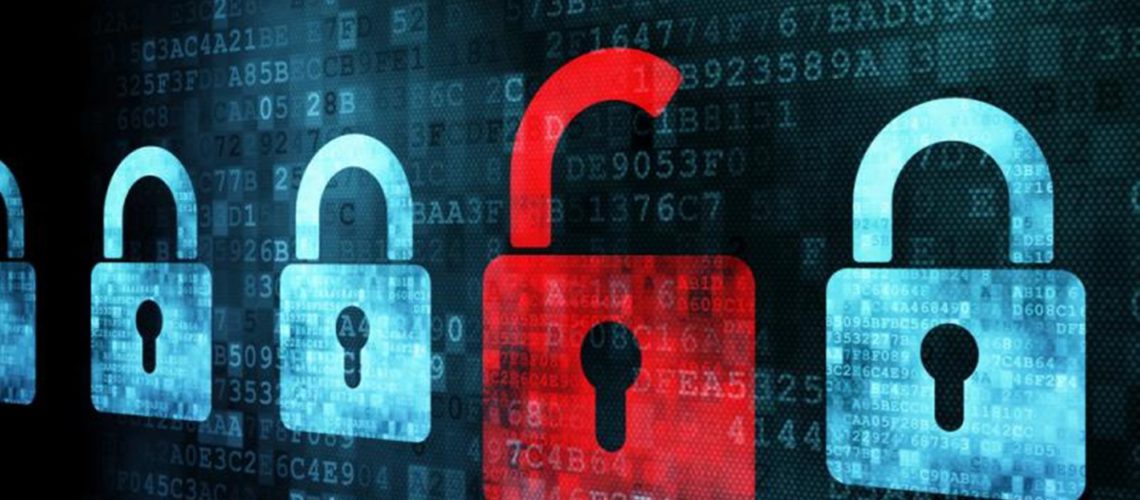You know all the things you have to be careful about when you are browsing the net. Usually, you are quite precautious. It might happen however that you are tired or not paying attention in one single moment and boooom! You are hacked!
- So, what to do now?
- How to turn your PC back to normal?
- Is that possible at all?
Yes, it is. Calm down.
Maybe you have opened an e-mail attachment, maybe your bank has informed you of some peculiar activities from your account. You get a slow computer, may be your ISP has null routed the traffic from your computer, maybe your PC has been infected with a virus. Whatever it is you need to react and protect your data from being used by cybercriminals and your files from being destroyed. Follow these simple tips and act wise to get back your computer to normal.
Step 1. Isolation of the computer.
You as a user should isolate the computer in order to prevent the connection of the hacker. The computer should not be accessed from the network. This isolation will prevent the machine from being used as a means to attack other computers, and will further cut the access of the hacker to the files and data kept in this computer. The network cable should be pulled out, and the wireless connection should be turned off. This is valid for the PC machines and for the laptops as well. The disconnection should be done through a switch and not through software.
Step 2. Removal of the hard drive, connection to another computer – a non-bootable drive.
In case your PC is compromised, you should shut it down in order to keep it from further damage. Then, you need to pull the hard drive, connect it to another computer, which has a working and updated anti-spyware and anti-virus program. It would be a wise idea to scan the computer with a free rootkit detection scanner.
A good option is to buy a USB drive caddy and put the hard drive in so that it can easily connect to another computer. In case the drive is connected internally, the dip switches on the back should be set to the ‘save drive’ option. In case the drive is in the ‘master drive’ option, it might try to boot the other PC to your infected operating system. This is something that should not be done.
The users that do not know how to remove the hard drive themselves should visit a good PC repair shop nearby.
Step 3. Scanning the drive for malware & infection.
You should use the anti-virus and anti-spyware programs, as well as anti-rootkit scanners on the other PC in order to detect and remove the possible infections from the hard drive file system.
Step 4. Make a backup of your important files.
Always make a backup of the files that you find important. Copy your documents, media, photos and the other files you find important on a separate and clean hard drive, DVDs, CDs, etc.
Step 5. Put the drive back to the PC.
When you have made a successful backup of the important files, then move the drive back to your old PC. The dip switches of the drive should be put back to the ‘master’ option.
Step 6. Make a full wiping of the old hard drive.
Maybe the spyware and the virus scanning shows that there is no threat, do not trust that your PC is clean and fee from malware. There is one way only to make sure that your drive is clean and is includes wiping of the hard drive – repartition and formatting. Once this is completed, you can load the operating system and all your clean files and backed up data to the hard drive of the computer. You should always use a disk erase utility that is secure in order to wipe the drive.
The disk wipe utilities are different, most of them free to use. They will take several hours to wipe the drive as every hardware sector is overwritten. This is the only way that the threat can be eliminated.
Step 7. Reloading of the operating system.
Once the hard drive of your computer is wiped, you should reload the operating system, using trusted media, for example, the original Operating System disks. You should never trust disks that have origin you do not trust or know about. Naturally, you should also install updates and patches on the operating system before you do anything at all.
Step 8. Install anti-spyware, anti-virus, and various other security software programs.
The next step here is to install a trusted anti-spyware and anti-virus program. Other important security software programs can also be installed. These programs have to be up to date. It is after that that you can load your other applications.
Step 9. Scan your data backup disks for viruses.
It is crucial to scan the disks with your back up data for viruses and other malware before you copy them back to your computer. This precaution will help you keep the system clean.
Step 10. Organize a full backup of your system.
With all that done, you should still make one full final backup of your system. It might be boring, but if your PC gets in trouble again, you will be so relieved to have this complete backup of your files. You can use a backup tool to create a bootable hard drive image to speed up the future recoveries if needed.

